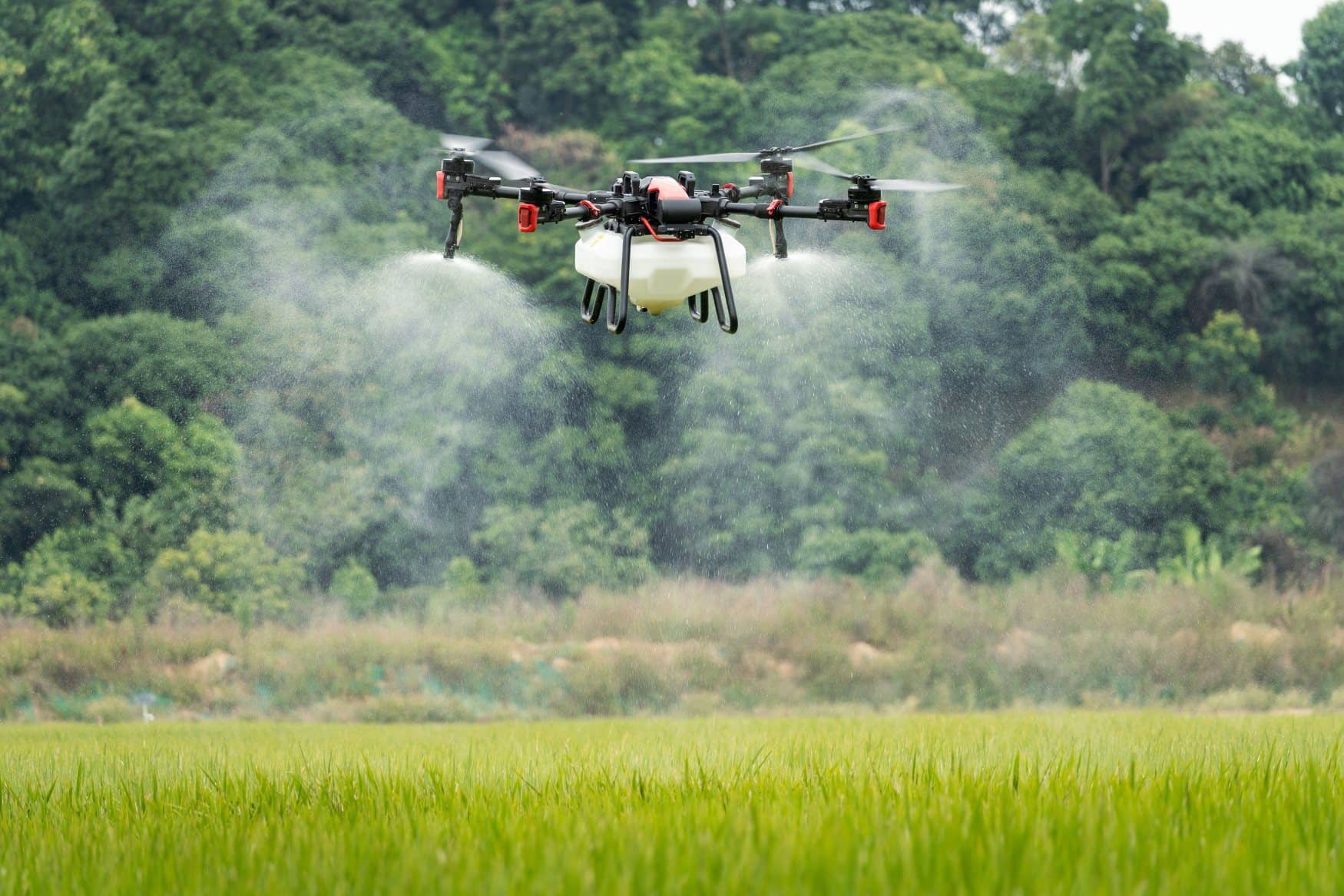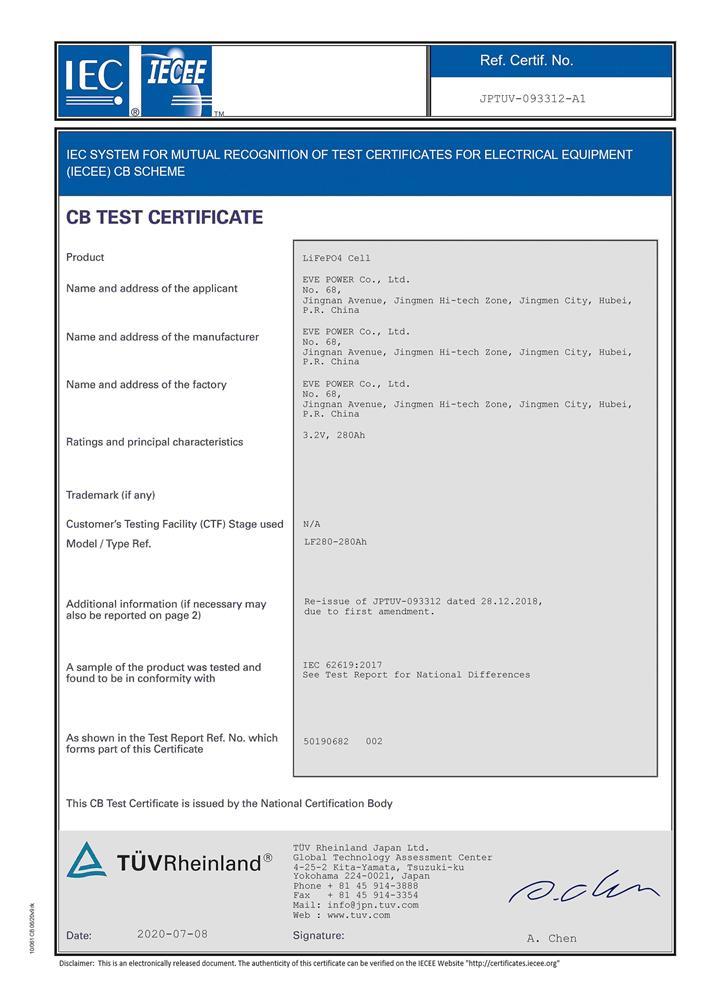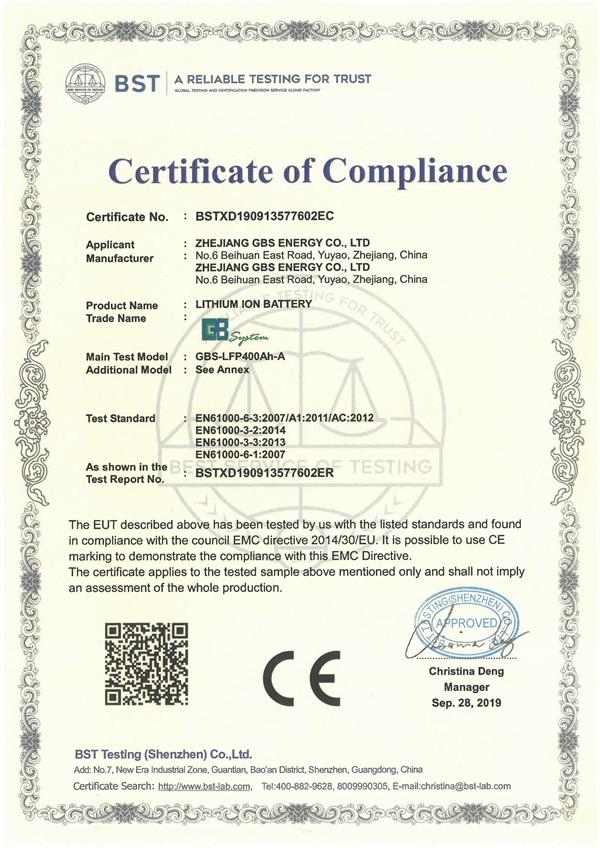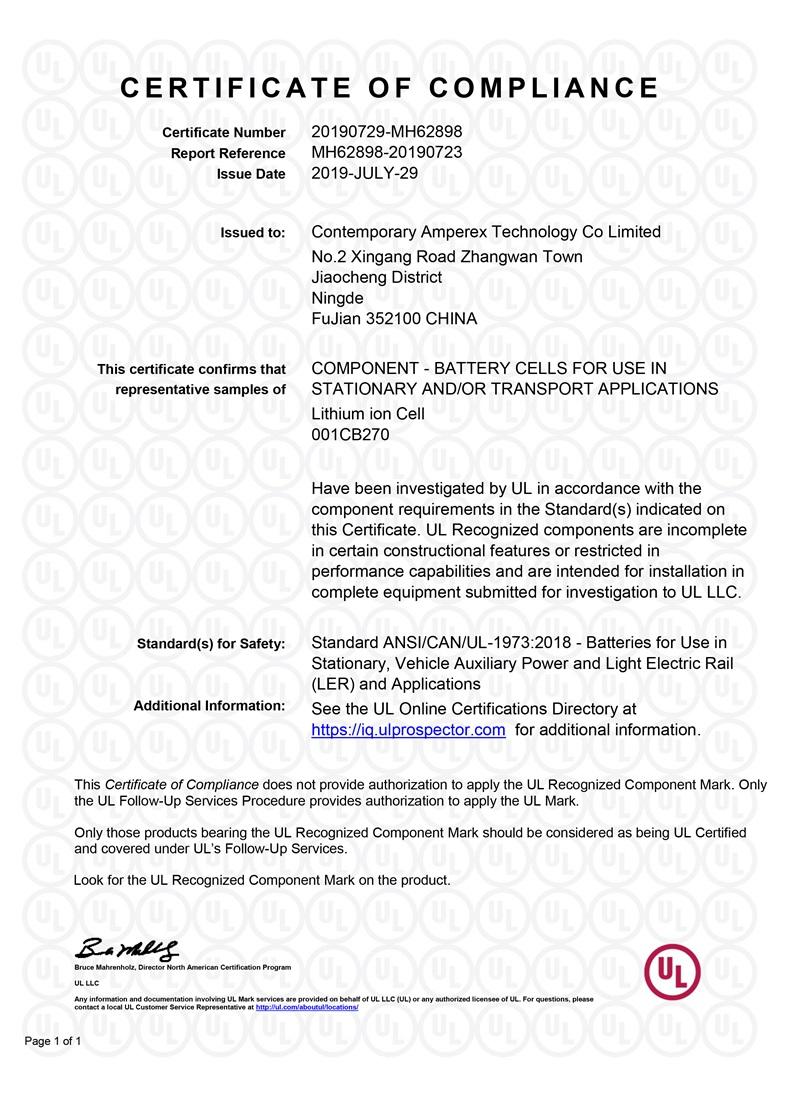Blog
A Comprehensive Guide to Drone Batteries: From Selection to Maintenance
2025-06-02 | Calvin

As drones become an integral part of various industries, from agriculture to filmmaking, understanding their components is crucial. Among these components, the battery stands out as the key element that determines a drone's flight time, performance, and safety. In this article, we’ll dive deep into drone batteries, exploring the different types, factors to consider when choosing one, charging best practices, and tips for extending battery life. I’ll also provide some personal insights based on my experience with drone technology.
What Type of Battery Powers Drones?
The type of battery used in a drone is pivotal in determining its overall performance. While advanced technologies like solid-state batteries are emerging, most drones still rely on two primary types of batteries: Lithium Polymer (LiPo) and Lithium-ion. Let’s take a closer look at each type:
1. Lithium Polymer (LiPo) Batteries
LiPo batteries are the most popular choice for drones, known for their lightweight design and high energy density. They are especially favored for commercial drones, where performance and weight are critical.
- Advantages:
- Extended flight durations
- High discharge rates for powerful drone performance
- Light and efficient, ideal for agriculture drones carrying heavy payloads
- Drawbacks:
- Require careful handling; improper use can lead to overheating or even fire
- Shorter lifespan compared to alternatives
Personal Insight: As someone who deals with technical specifications, I've noticed that LiPo batteries are great for tasks that require high-performance outputs, like aerial photography or surveying. However, the risk of fire makes proper storage and maintenance crucial.
2. Lithium-ion Batteries
Although heavier than LiPo batteries, Lithium-ion (Li-ion) batteries are known for their stability and safety features.
- Advantages:
- Longer lifespan and more charge cycles
- Lower risk of overheating during charging
- Drawbacks:
- Heavier, reducing flight time
- Lower discharge rates, less suitable for high-performance needs
There are several different variations within the category of lithium batteries. Options like LiFePO4 batteries boast longer lifespans, while Lithium Nickel Manganese Cobalt Oxide (NMC) batteries deliver higher energy density in lighter packages.
Personal Insight: For drone users looking for durability and fewer replacement cycles, Li-ion is a solid choice, though you’ll have to make trade-offs in flight time and overall drone agility.
3. Older Battery Technologies
Older technologies like Nickel-Metal Hydride (NiMH) and Nickel-Cadmium (NiCd) are rarely used in modern drones but still have niche applications.
- NiMH:
- Safer and environmentally friendly
- Heavier with lower energy density, leading to shorter flight times
- NiCd:
- Durable, works in extreme temperatures
- Prone to memory effect, reducing capacity over time
Key Considerations When Choosing a Drone Battery
Choosing the right battery for your drone can significantly impact its efficiency and longevity. Here are the key factors to consider:
1. Flight Time and Battery Capacity
The capacity of a battery is measured in milliampere-hours (mAh), and it directly impacts flight time. A higher capacity means longer flights but comes with the added weight. This is especially critical for drones used in agriculture or surveying, where long, uninterrupted flight times are essential.
Personal Insight: If you plan to use your drone for tasks like crop monitoring or land mapping, you’ll need a battery with a higher capacity to support extended operations. For smaller tasks like aerial photography, a smaller capacity may be more than enough.
2. Weight-to-Energy Ratio
The weight of a drone battery affects not only the drone's flight time but also its maneuverability. Lighter batteries, like LiPo, offer better agility and endurance for drones that carry heavy payloads like cameras or sensors.
Tip: When selecting a battery, always look for a good balance between energy density and weight. Lightweight, high-density batteries will keep your drone nimble without compromising on performance.
3. Compatibility with Drone Models
Compatibility is essential—using the wrong battery can not only reduce performance but also void your drone’s warranty. Drones like DJI often require proprietary batteries that work with their Battery Management Systems (BMS).
Personal Insight: Always double-check your drone’s battery requirements, especially if you're upgrading or replacing batteries. A mismatch can cause unexpected issues and even damage the drone.
4. Cost vs. Durability
While opting for cheaper batteries may seem like a good idea, investing in a high-quality battery can save you money in the long run due to increased lifespan and reliability.
Tip: High-end batteries usually come with added features like overcharge protection and better thermal management, making them worth the extra cost for regular drone users.
Charging a Drone Battery: Best Practices
Proper charging is vital for the health and safety of your drone battery. Here are the best practices and insights:
1. Use Manufacturer-Approved Chargers
Always use chargers that are specifically designed for your battery type. Generic chargers may not provide the correct voltage or safety features.
- Multi-Chargers: Useful if you have several batteries. Look for multi-chargers that ensure balanced charging for all cells.
2. Avoid Common Charging Mistakes
Improper charging can significantly reduce the lifespan of your battery.
- Overcharging: Avoid leaving the battery on charge for too long after it reaches 100%. Overcharging can generate heat and damage the battery over time.
- Using Damaged Batteries: Never attempt to charge batteries that are swollen or visibly damaged. This could lead to dangerous situations like fire or explosion.
Personal Insight: From experience, it’s essential to use a charger with an auto-shutoff feature to prevent overcharging, especially when working with LiPo batteries.
3. Prolonging Battery Life During Charging
To extend the life of your battery, adopt the following practices:
- Cool Down: Let the battery cool for 10-15 minutes after use before charging.
- Balance Charging: Use balance chargers to ensure all cells in a LiPo battery are charged evenly, preventing imbalance that could shorten battery life.
How Long Does It Take to Charge a Drone Battery?
Charging times vary depending on the battery type, capacity, and charger used. For instance:
- LiPo Batteries: Typically charge in 1-2 hours.
- Lithium-ion Batteries: Generally take 2-3 hours.
- High-Capacity Batteries: May take longer, especially those used in agricultural drones (e.g., 3-4 hours for a 10,000mAh battery).
Personal Insight: If you’re in a field operation and need to maximize your uptime, consider using a fast charger or a portable charging solution to minimize downtime between flights.
Tips for Extending Drone Battery Life
Maintaining your drone battery will significantly extend its life and keep your drone in top working condition.
1. Store Batteries Properly
- Temperature Control: Always store batteries in a cool, dry place, ideally between 15°C-25°C (59°F-77°F).
- Storage Voltage: For long-term storage, keep your battery at around 50% charge to prevent stress on the cells.
2. Avoid Deep Discharges
Try not to let your battery drop below 20%, as deep discharges can harm the cells and reduce their lifespan.
3. Regular Inspections
- Visual Checks: Inspect for any visible damage, swelling, or corrosion. Replace any damaged batteries immediately.
- Cycle Count Monitoring: Many modern batteries have cycle count monitoring. Once a battery reaches its cycle limit, it’s time to replace it.
Conclusion
Understanding drone batteries is crucial for maximizing performance, flight time, and safety. By selecting the right battery, following proper charging practices, and maintaining it well, you can ensure that your drone operates at its peak. For anyone involved in drone-based applications, whether it's agriculture, surveying, or filmmaking, taking care of your battery will result in fewer disruptions and a longer, more efficient operation.
As drone technology continues to evolve, so will battery solutions. Keeping up with the latest developments can help you stay ahead of the curve and make the most of your drone investment.
- Next:Common Myths About LiFePO4 Battery Properties: The Truth You Need to Know
- Previous:Tesla Battery Types: A Simple Guide for Model S, 3, X, and Y
Contact Details
Lithium LiFePO4 Batteries and Lithium LiFePO4 Cells Supplier - LiFePO4 Battery Shop
Contact Person: Miss. Elena Wang
WhatsApp : +8615263269227
Skype : +8615263269227
WeChat :15263269227
Email : info@lifepo4batteryshop.com
All Products
- A123 Battery (5)
- Sinopoly Battery (7)
- GBS Battery (16)
- CALB Battery (22)
- Cylindrical Cell (3)
- Energy Storage System (0)
- Battery Management System (2)
- Sodium ion Battery Cell (3)
- Lithium Titanate Battery (16)
- Ternary Lithium Battery Cell (11)
- REPT Battery (8)
- BYD Battery (2)
- CATL Battery (14)
- Thunder Sky Winston Battery (21)
- EVE Battery (29)
- LiFePO4 Battery Cell (4)
Certification
Customer Reviews
- I have fond memories of our meeting in Shanghai with LiFePO4 Battery Shop Elena. Your company left a strong impression on me with its impressive growth and professionalism. We both value straightforwardness and honesty, which I believe are the most important qualities in any partnership. I am confident that we can build a successful collaboration based on these shared values. —— Robert from USA
- I've been working with LiFePO4 Battery Shop for years, and their reliability is unmatched. While other suppliers frequently change sales teams, LiFePO4 Battery Shop has consistently provided exceptional service with a stable team. Their commitment to quality and customer support truly sets them apart. —— Henry from Australia



